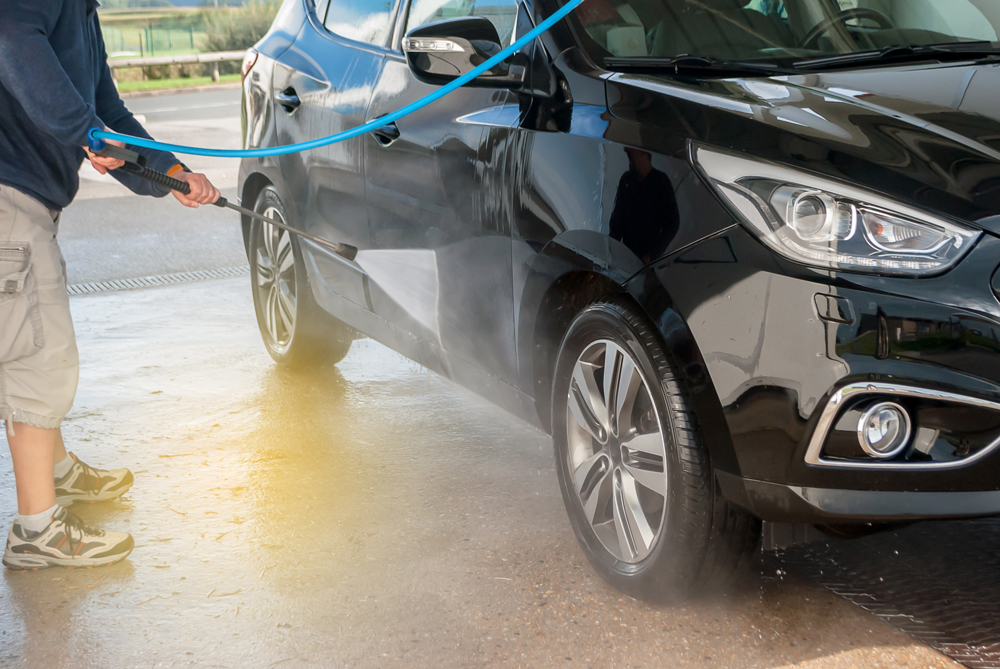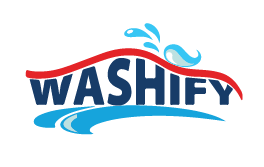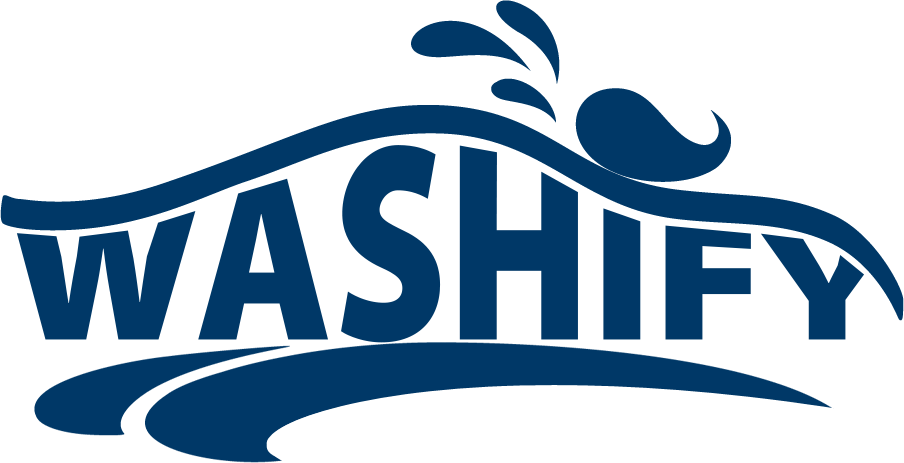Car Wash Glossary of Terms
Whether you’re entering the car wash industry for the first time or looking to grow your business, a glossary of car wash terminology can help you stay on top of your outlet’s needs.
Car Wash Terms to Know

Air blowers: Otherwise known as dryers, air blowers help a car wash dry customers’ cars by blowing air over the surface of the vehicle. Car washes can use air blower aids to prevent cars from developing water spots after their wash.
Alkalinity: The alkalinity of water used in a car wash helps the car wash better remove grime from customers’ cars. Car wash staff need to carefully manage the alkalinity of a car wash’s water if they want to keep it tough on grime but gentle on cars.
Anti-seize: Anti-seize lubricants help protect cars from rapid changes in the weather or local humidity. When you apply anti-seize lubricant to a car, you can limit the negative impacts of overnight freezes, rust, corrosion, and galling.
Belts: Belts are part of the pulley system that automatically moves your car through a car wash.
Blowers: The term blowers is another term for air blowers or dryers.
Bottom motor side washers: Bottom motor side washers are rotating brushes that clean the sides of a customer’s car.
Bug removal arch: A bug removal arch is an arch within a car wash that uses chemicals to remove bug guts from the windshield and body of a car. Some car washes automatically activate this arch, while other arches require manual activation.
Bumper blaster: A bumper blast exposes the bumper of a customer’s car to a high-pressure stream of water. This exposure cleans the bumper without the use of friction, thereby preserving the bumper’s appearance.
Chamois: Otherwise known as “shammies,” chamois are synthetic clothes designed to absorb water from a car without leaving behind streak marks. Both self-serve, flexible-service, and full-service car washes can use chamois to complete a customer’s service.
Control panel: Car washes can come equipped with two control panels. The first can control the movement of a car through the wash’s tunnel. The second can help employees and owners conduct transactions with customers.
Detailing: Detailing describes the process of deep-cleaning a customer’s car. Car washes can offer external detailing as well as internal detailing. These services can include headlight restoration, waxing, carpet shampooing, leather conditioning, and other services designed to reduce the visual impact of a car’s age and/or wear.
Foam applicator: Many car washes use foaming agents to gently clean a car of its dirt and debris. Foam applicators subsequently deliver that foam onto a car while the car moves through the car wash.
Front wheel pull: Car washes use rollers to move cars from the start of a tunnel to the end. Front wheel pull describes the roller that pulls a car’s left-front tire through the car wash.
Full-service: A full-service car wash is a wash that provides consumers with full access to washing services, including vacuuming and hand-drying. These car washes are usually staffed by business representatives and offer comprehensive detailing services upon request.
Halo rinse: When a car comes to the end of a lot’s tunnel, car washes can use a halo rinse to remove any soap and foam that may still be on the car. Halo rinses often use high water pressure to effectively remove all remaining materials from the surface of a car.
Hand wash: Hand wash services see car wash employees use synthetic cloth and manual labor to clean a client’s car. Car washes can offer spot hand washing services or provide hand washes as an alternative to their automated services.
Hoses: Otherwise known as lines, car washes use hoses to deliver water to the various parts of a tunnel that require it.
In-bay automatic car wash: Also known as a rollover car wash, in-bay automatic car washes are washes that take place in smaller, contained bays. A car can remain stationary as the wash progresses.
Lubricant: Car wash lubricants reduce the amount of friction that can build up between two surfaces. Drivers most often use lubricants to reduce the amount of wear seen on their engines and pistons. Car washes can use lubricant to keep all their moving parts in working order.
Payment kiosk: A payment kiosk at a car wash can be self-serve or involve a human element. These units can be upgraded to accept cash, credit, and e-payments. Certain kiosks can help car washes track their transactions and even identify repeat customers. Others come equipped with in-unit HVAC systems to protect their moving parts and any stored cash.
Presoak application: Most car washes begin automatic washes with a presoak application. During this step of a car wash, an automated hose covers a car with water and/or a cleaning solution. Ideally, this application makes it easier for the rest of the wash to remove unwanted grime from the car.
Pressure washer: Pressure washers rely on their high water pressure to remove unwanted debris from a vehicle.
Point of sale: Otherwise known as “POS,” point of sale indicates the spot in a car wash where a customer completes a transaction. A car wash’s point of sale can involve a human element or be entirely automated.
Rain arch: A car wash’s rain arch covers the top of customers’ vehicles, removing mist from the hood of a car while also targeting its trunk and grooves.
Rear wheel push (RWP): Like a front wheel push, this conveyor belt moves a car through a car wash’s tunnel. Unlike the front wheel push, a rear wheel push moves a car by putting pressure on its back tires.
Rinse aid: If a car wash doesn’t use a rinse aid after a car wash, the cars that drive away after service may develop water spots. However, rinse aids, or chemical substances that resemble water, make it easier for a car to wick away unwanted water. This helps a car dry with a clean finish.
Sealer wax: Also known as a clear coat protectant, a sealer wax protects a car from the corrosive effect of the sun’s UV rays. Car washes can offer sealant wax application after the completion of an on-site car wash.
Self-serve: Self-serve car washes see drivers use a car wash’s hand-held tools to clean their own cars, often in a lot-based bay. Customers can pay for the use of certain soaps, hoses, and brushes.
Tire applicators: Tire applicators are hoses that run along a car wash’s conveyor belt. The nozzles on these hoses target a car’s tires to remove roadway debris. Similar services see customers benefit from tire dressing and tire shiner.
Tracking bars: Tracking bars help guide a customer’s car through a car wash’s tunnel.
Wax: While sealer waxes are a specialized kind of wax, there are other varieties that a car wash can make available to its consumers. While some car washes can hand-apply their washes, automatic lots can use an arch to apply customers’ choice of wax once a car has completely dried.
Request a Consultation or Demo
In today’s competitive market, you need cutting-edge marketing tools to take your car wash business to the next level. Give your customers more with the Washify POS platform. Receive a user-friendly website, a customized smartphone app, texting, and email marketing.
To learn more, don’t hesitate to give us a call. We can talk you through all aspects of implementing the Washify system. To request a demo, call or fill out our online form with your contact details.

